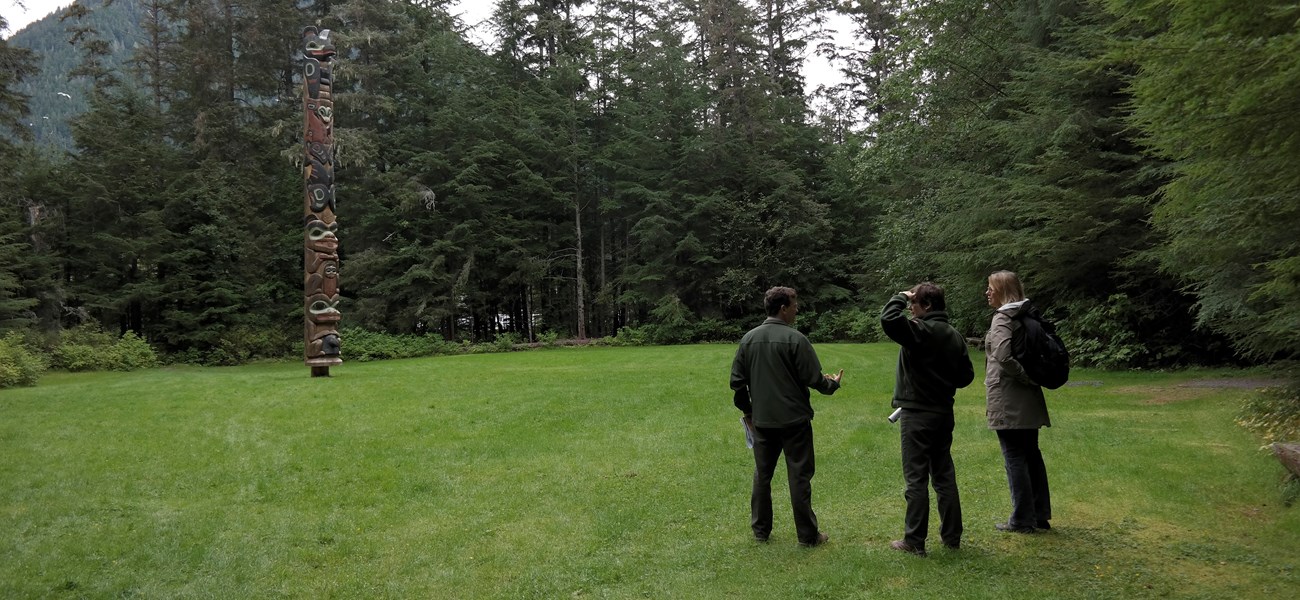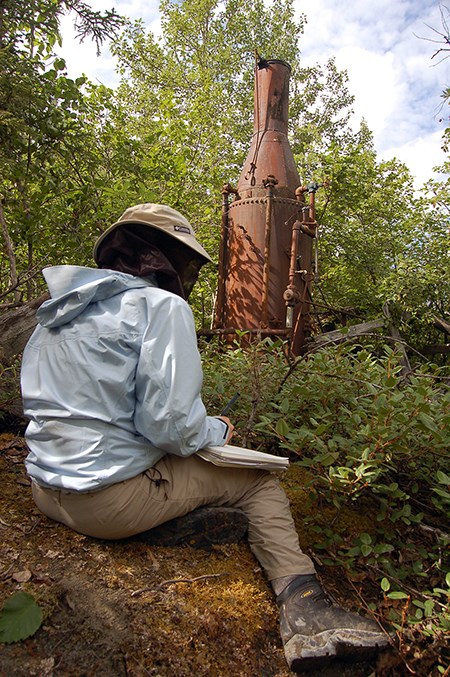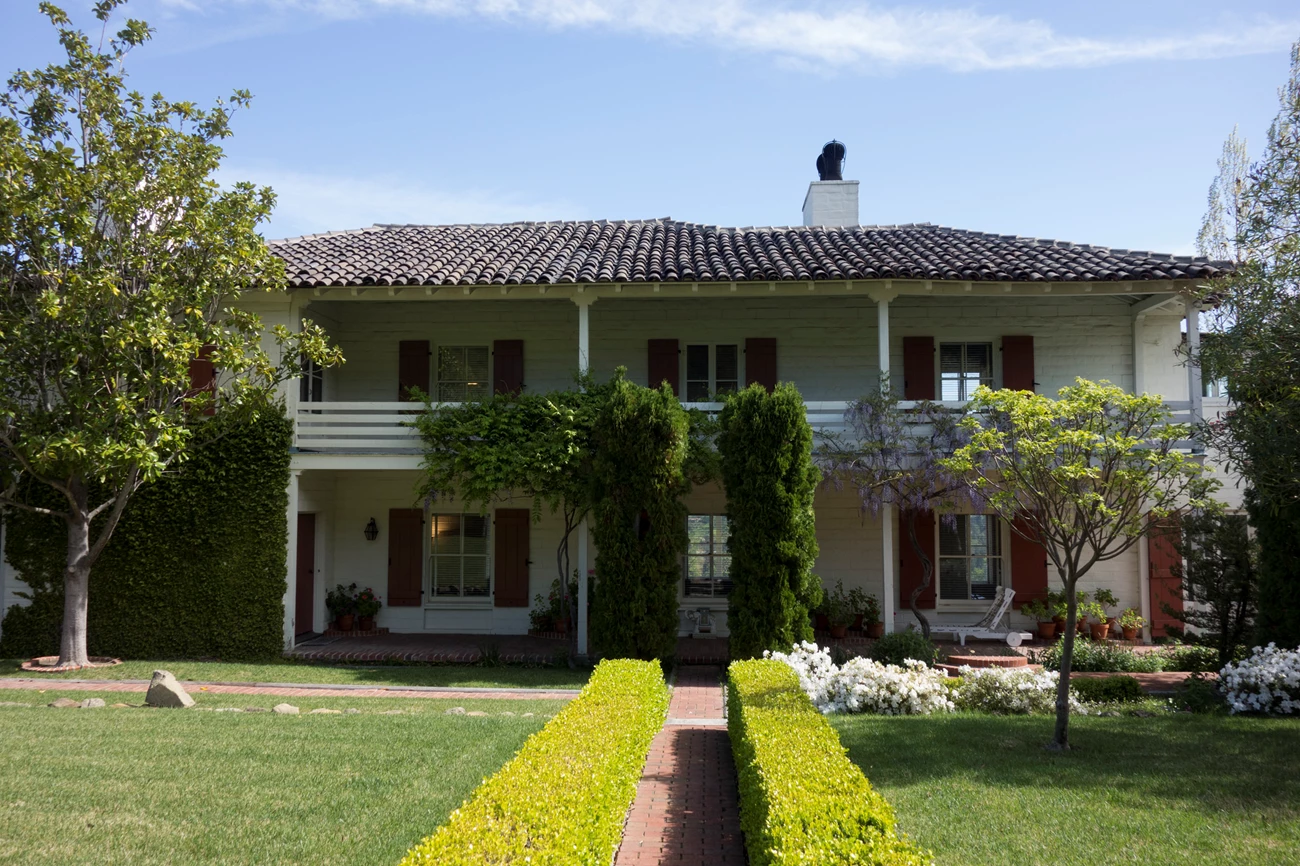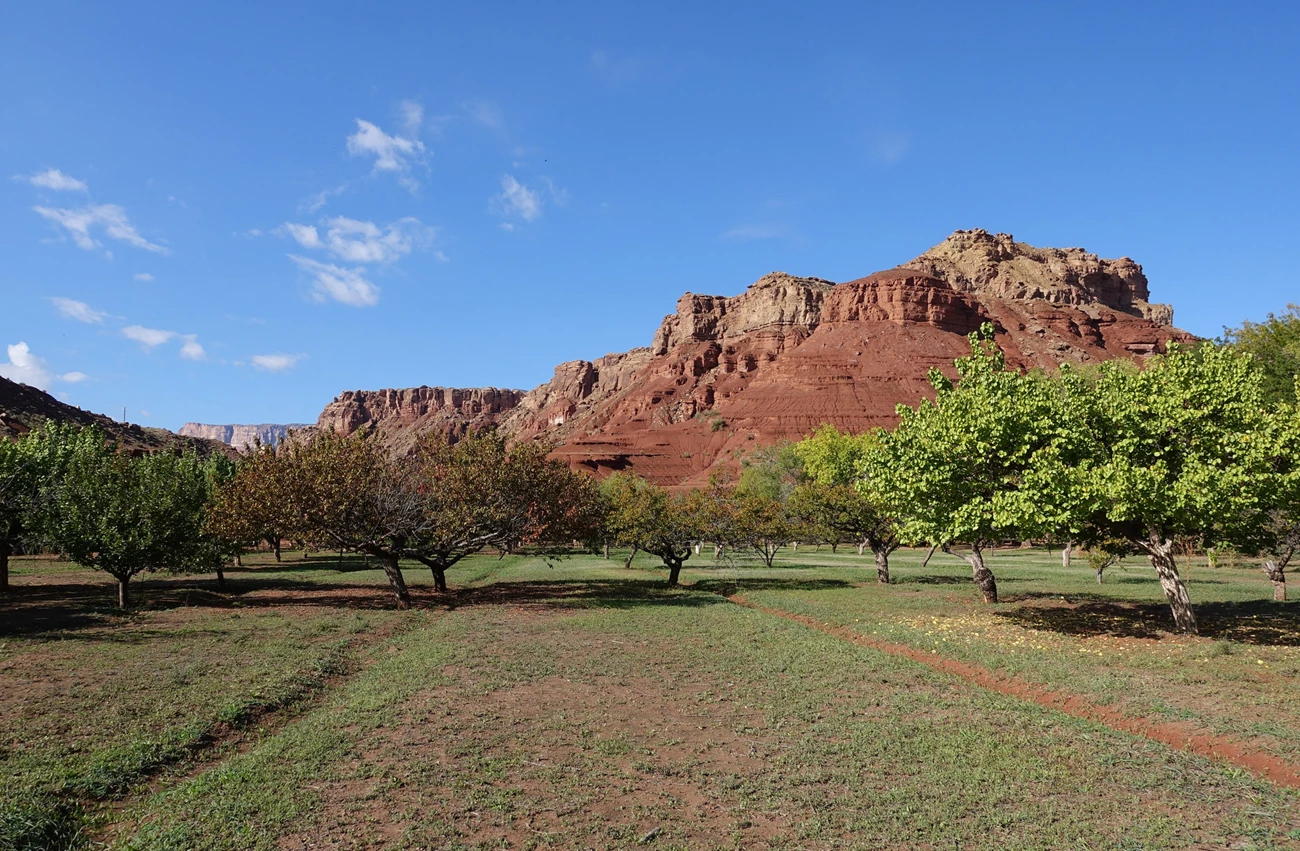Last updated: September 22, 2023
Article
Cultural Landscapes in the National Park Service: Good Root Stock
Cultural landscapes are found throughout the national park system, where they are preserved for the benefit of present and future generations. Most have only been recognized since the 1980s, when the NPS first defined "cultural landscape" as a type of cultural resource. As the maturation of the concept reaches its fourth decade, we reflect on the history of the Park Cultural Landscapes Program and acknowledge our underpinnings, as we look ahead to new challenges.
Exploring the system of roots below a tree is an appropriate way to understand the foundation of experience and study that has given rise to the National Park Service’s Park Cultural Landscape Program.

NPS Photo
Cultural Landscapes are rooted in the scholarship documenting the interaction with and connection of people to places.
It is hard for some people to imagine a time when cultural landscapes were not a recognized resource type in the United States. Through the work of scholars such as Robert Melnick and many others in the fields of landscape architecture and cultural geography, place itself has become recognized as a recource, as well as something that provides physical context to the historic resources that are bound to it. They also determined that place can be critically important to the aspects of integrity, and equally as important as the built resource. This concept of place became known as the “cultural landscape.”
National Park Service professionals from various fields meticulously articulated the terminology and practice of this concept, developing the Park Cultural Landscapes Program and setting a standard for the profession. The NPS defines a cultural landscape as:
"a geographic area, including both cultural and natural resources and the wildlife or domestic animals therein, associated with a historic event, activity, or person or exhibiting other cultural or aesthetic values."
Cultural Landscapes are rooted in the National Historic Preservation Act.
When the National Historic Preservation Act was established in 1966, a unique framework was established which recognized that “the preservation of this irreplaceable heritage is in the public interest so that its vital legacy of cultural, educational, aesthetic, inspirational, economic, and energy benefits will be maintained and enriched for future generations of Americans” (NHPA Section 1(a) 4, as amended).

NPS Photo
Section 2 of the Act acknowledges that the role of the Federal Government in cooperation with others is to:
- Use measures, including financial and technical assistance, to foster conditions under which our modern society and our prehistoric and historic resources can exist in productive harmony and fulfill the social, economic, and other requirements of present and future generations;
- Provide leadership in the preservation of the prehistoric and historic resources of the United States and of the international community of nations and in the administration of the national preservation program in partnership with States, Indian tribes, Native Hawaiians, and local governments;
- Administer federally owned, administered, or controlled prehistoric and historic resources in a spirit of stewardship for the inspiration and benefit of present and future generations;
- Contribute to the preservation of nonfederally owned prehistoric and historic resources and give maximum encouragement to organizations and individuals undertaking preservation by private means;
- Encourage the public and private preservation and utilization of all usable elements of the Nation's historic built environment; and
- Assist State and local governments, Indian tribes and Native Hawaiian organizations, and the National Trust for Historic Preservation in the United States to expand and accelerate their historic preservation programs and activities.
Section 110 (2) of the Act directs:

NPS Photo
Cultural Landscapes are rooted in sound methodology.
The NPS recognized a need to document cultural landscapes as a resource type under Section 110(2)a in the early 1990s. There were no previously existing methods or systems for documenting cultural landscapes at the time. It fell upon leaders in all NPS regions to participate in the development and testing of both a methodology (1994-1997) and a database (1997-1998) for documenting cultural landscapes as a resource type. The NPS methodology was the first of its type and was based on many National Register Bulletins, including Guidelines for Evaluating and Documenting Rural Historic Landscapes and How to Evaluate and Nominate Designed Historic Landscapes.
The database, originally a standalone system called CLAIMS (Cultural Landscapes Automated Inventory Management Systems), was designed to work with the methodology. Sites in park units were processed through levels and placed into a hierarchal system that demonstrated relationships. The next version of the database called the CLI (Cultural landscape Inventory) was introduced in 2002. The database was converted to a web application with refinements that captured new scholarship, took advantage of new technology, and allowed for nationwide sharing of cultural landscape data.

NPS Photo / Olmsted Center for Landscape Preservation
Cultural Landscapes are rooted in sound stewardship.
Like any human-constructed element, cultural landscapes require a commitment to sound maintenance practices to preserve character defining features. These are the features that evoke the setting, feeling, and association of a place to an identified period of historic significance.
In 2014, the Park Cultural Landscape Program entered into a four year agreement with the NPS Facilities program to identify resources for the Facilities Management Software System (FMSS). Identifying and entering landscape features into FMSS aids in the preparation of work orders and allows project funds to be allocated to stabilize and/or preserve them.

NPS Photo
Cultural Landscapes are growing new roots for the next generation of landscape stewards.
Since the inception of the Park Cultural Landscapes Program, seasonal employees and interns have been--and continue to be--a critical part of the inventory and management of NPS cultural landscapes. Students from various professional backgrounds have joined the program through internship agreements, hands-on stewardship activities, and cooperative education study units.
Outreach through social media began in 2012, when the program launched a website and a Facebook page. Since that time, the program has connected with thousands of followers.
Cultural Landscapes are growing new roots for enhanced collaboration on resource management.
The Park Cultural Landscapes Program has been actively involved in virtual and in-person training and instruction. The National Park Service Common Learning Portal is a place where NPS employees and partners can learn about specific topics, find training opportunities, and connect with online discussion groups and mentors. While some groups are designated as NPS-only, others invite partners and friends to join.
The next phase of collaboration includes the introduction of a new database platform where data about cultural landscapes, historic structures, archeology, and ethnographic resources will co-exist. This new system is expected to streamline access to resource data for park managers so they can use it quickly and efficiently. A secure permission structure will prevent sensitive data from being shared. Data managers from the four cultural resource disciplines will ensure that data standards continue to be met and those in need of data support receive it.
The NPS Park Cultural Landscapes Program is prepared to continue its preservation leadership role by strengthening its branches and stewarding resources for the “enjoyment of future generations.”



